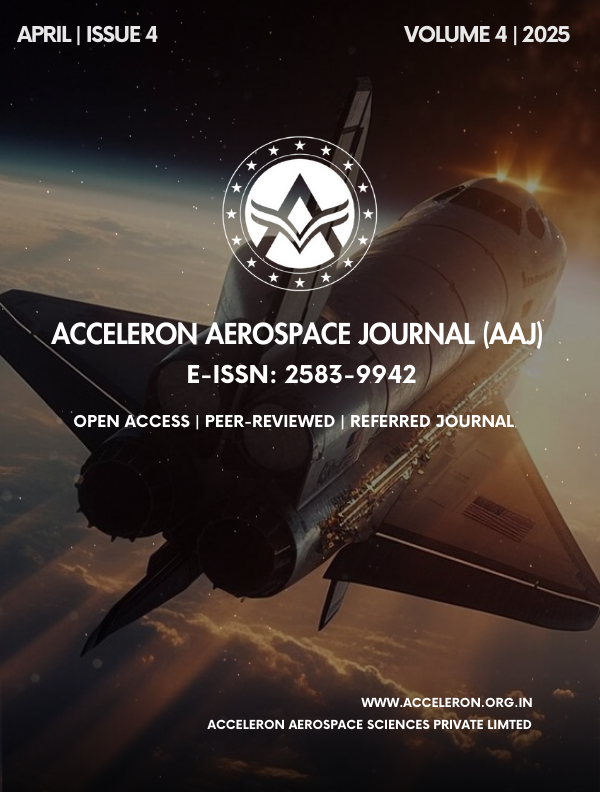Certification Process for Intra-Vehicular Activity (IVA) Spaceflight Suits for Suborbital Flights
DOI:
https://doi.org/10.61359/11.2106-2519Keywords:
Certification Process, Intra-Vehicular Activity (IVA), Spaceflight Suits , Suborbital FlightsAbstract
As commercial suborbital spaceflight becomes more accessible through companies like Blue Origin and Virgin Galactic, the need for reliable and rigorously tested intra-vehicular activity (IVA) spaceflight suits has become increasingly important. Unlike extravehicular activity (EVA) suits, designed for prolonged exposure to the vacuum of space, IVA suits are worn inside the spacecraft to provide safety and life support in emergencies such as cabin depressurization. Suborbital flights, like those on Blue Origin’s New Shepard, expose passengers to high acceleration forces, rapid altitude changes, and brief periods of microgravity. While these flights are designed for safety and automation, IVA suits serve as a critical backup system, ensuring astronaut survivability in worst-case scenarios. Additionally, these suits must offer sufficient mobility, thermal regulation, and ease of use, as passengers may need to react quickly in emergencies. As space agencies and private companies push further into space, we cannot afford for astronauts to be grounded—or worse, put at risk—because of something as basic as a suit that does not fit (Clark & McBarron, 2015). This proposal calls for a Global Adaptability Review (GAR) for all certified IVA spaceflight suits to ensure every astronaut, regardless of size, nationality, or mission, has access to a properly fitting suit (National Aeronautics and Space Administration [NASA] Office of Inspector General, 2019). A Global IVA Suit Standardization Working Group (GISWG) will create an internationally recognized sizing system, ensuring all astronauts have properly fitting suits, regardless of their agency (Ross et al., 2017).
Downloads
Downloads
Published
How to Cite
Issue
Section
Categories
License
Copyright (c) 2025 Acceleron Aerospace Journal

This work is licensed under a Creative Commons Attribution 4.0 International License.
The Acceleron Aerospace Journal, with ISSN 2583-9942, uses the CC BY 4.0 International License. You're free to share and adapt its content, as long as you provide proper attribution to the original work.





